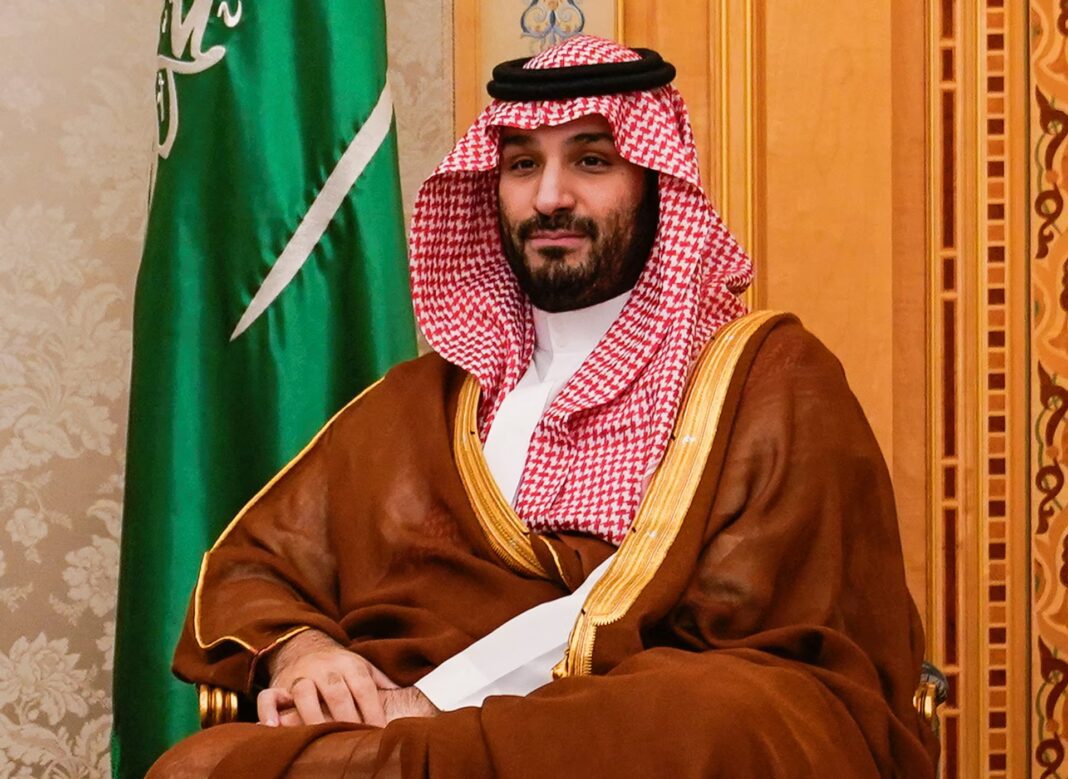Saudi Arabia is pursuing a simpler military cooperation agreement with the United States. This comes after stepping back from a more ambitious defense treaty tied to normalizing relations with Israel. The decision reflects changing regional dynamics and internal pressures in Saudi Arabia.
Initial Push for a Defense Treaty
Earlier this year, Saudi Arabia aimed to secure a full-scale defense treaty with the U.S. This treaty would have guaranteed American military protection. In return, Saudi Arabia was willing to normalize relations with Israel. However, growing anger in the Middle East over Israel’s actions in Gaza changed the situation. Public opposition in Saudi Arabia made such a deal harder to achieve.
Conditions for Israel Recognition
Saudi Arabia had initially relaxed its demands for a Palestinian state. The kingdom suggested that a public commitment by Israel to a two-state solution could be enough. But recent events in Gaza have shifted Saudi Arabia’s stance. The kingdom is now demanding clear steps from Israel toward creating a Palestinian state.
On the other side, Israel’s Prime Minister is eager for normalization with Saudi Arabia. However, he faces opposition at home. Any move toward Palestinian statehood could weaken his coalition, making concessions unlikely.
Focus on Military Cooperation
With a full defense treaty off the table, Saudi Arabia and the U.S. are now discussing a smaller-scale agreement. This deal focuses on expanding joint military exercises and strengthening defense partnerships. It also aims to address regional threats, particularly from Iran.
The agreement could include U.S. support for Saudi military technology, including advanced drone defense systems. The U.S. may also increase its presence in Saudi Arabia by providing training, logistics, and cybersecurity assistance. A Patriot missile system might be deployed to boost Saudi Arabia’s missile defences.
Limits of the Agreement
This new agreement is not a mutual defense treaty like those the U.S. has with Japan or South Korea. It will not require U.S. forces to defend Saudi Arabia in case of an attack. However, it will improve Saudi Arabia’s military capabilities and enhance cooperation between the two nations.
Challenges to a Treaty
One major challenge in earlier talks was nuclear cooperation. Saudi Arabia refused to sign an agreement that would ban it from enriching uranium. This stalled progress on any comprehensive defense treaty. Human rights issues also became a sticking point. Saudi Arabia objected to clauses related to these matters in earlier discussions.
Regional Implications
A defense treaty linking Saudi Arabia, the U.S., and Israel could reshape the Middle East. Such a deal would strengthen ties between two historical adversaries and counter growing Chinese influence in the region. It would also help guard against threats from Iran and its allies.
But without meaningful steps toward a Palestinian state, normalising relations with Israel remains unlikely. The Saudi leadership believes long-term peace in the region depends on addressing Palestinian statehood.
Future Possibilities
The current U.S. administration hopes to finalize the scaled-down military agreement before January. This timeline reflects uncertainties over future U.S. leadership and its approach to the Middle East.
Saudi Arabia’s Crown Prince may revisit normalization with Israel later. Changes in Israeli leadership or a resolution in Gaza could create a more favorable environment. For now, the focus remains on regional stability and strengthening defense ties with the U.S. This evolving situation highlights the complexities of Middle East diplomacy. These where shifting alliances and domestic pressures shape international decisions.

